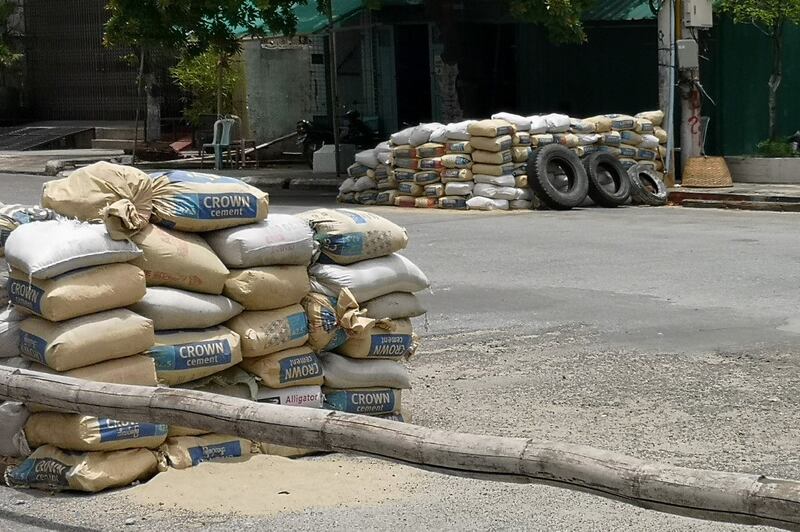On June 23, junta security forces arrested Bo Tun Tauk Naing, a leader of the People’s Defense Force’s (PDF’s) urban guerrilla warfare unit, in Myanmar’s second city Mandalay—home to more than 1.7 million people. A member of the Mandalay PDF who is a close associate of the detained unit chief recently spoke with RFA’s Myanmar Service on condition of anonymity about his arrest and the status of the local resistance, which a day earlier clashed with the junta troops in the city for the first time since the military orchestrated a February coup, prompting widespread protests.
RFA: We learned that Bo Tun Tauk Naing was arrested by the junta forces. How did it happen? Were others arrested along with him?
PDF member: We only knew it took place in Mandalay. We learned that he was arrested at a market, but we still don’t know which. We also learned that two others were captured along with him. We are still following up with who they were.
RFA: We heard that some weapons were also seized during the arrest. Is that true?
PDF member: We still don’t know how many guns or other weapons were with him. We are trying to find out since everything on the ground is very complicated at the moment.
RFA: He is one of the leaders of the Mandalay PDF. How is the movement in Mandalay faring since he was detained?
PDF member: We have many PDF teams in Mandalay. He is from the MPDF team. We have other units, such as Combat PDF, Guerilla Warfare PDF, and many others. The detention of one group’s leader will not weaken our strength, because we have many teams there.
RFA: Are the junta forces pursuing others related to his arrest?
PDF member: It is certain. During [the Jun. 22 raid in Mandalay], some of our members were captured and underwent interrogation. We can’t expect that no one talked. They might have leaked some information if they were being tortured. When things like this happen, the team leaders need to be prepared to relocate. Since it was in Mandalay city, we must acknowledge that we have a vulnerability.

Urban warfare
RFA: There was a lot of criticism and warnings on social media in Myanmar that people should not post information about or share news of PDF movements. What’s your take on it?
PDF member: We enjoy strength from the support of the people—including through intelligence gathering. Still, we must resort to guerilla warfare, requiring us to move around among the people and rely on their protection. Often, people want to take photos and videos of us, and that can be used as a method to track our movements. We want to ask the people to be careful about such things. It is the only thing we need to be wary of.
RFA: Do you think there will be more urban fighting in the future like what we saw in Mandalay on the 23rd?
PDF member: Yes, we think this kind of urban warfare will be more frequent in the future. Not only in Mandalay, but across the country … We would like to urge the people to exercise caution in their everyday lives.
Reported by Soe San Aung for RFA’s Myanmar Service. Translated by Kyaw Min Htun.
